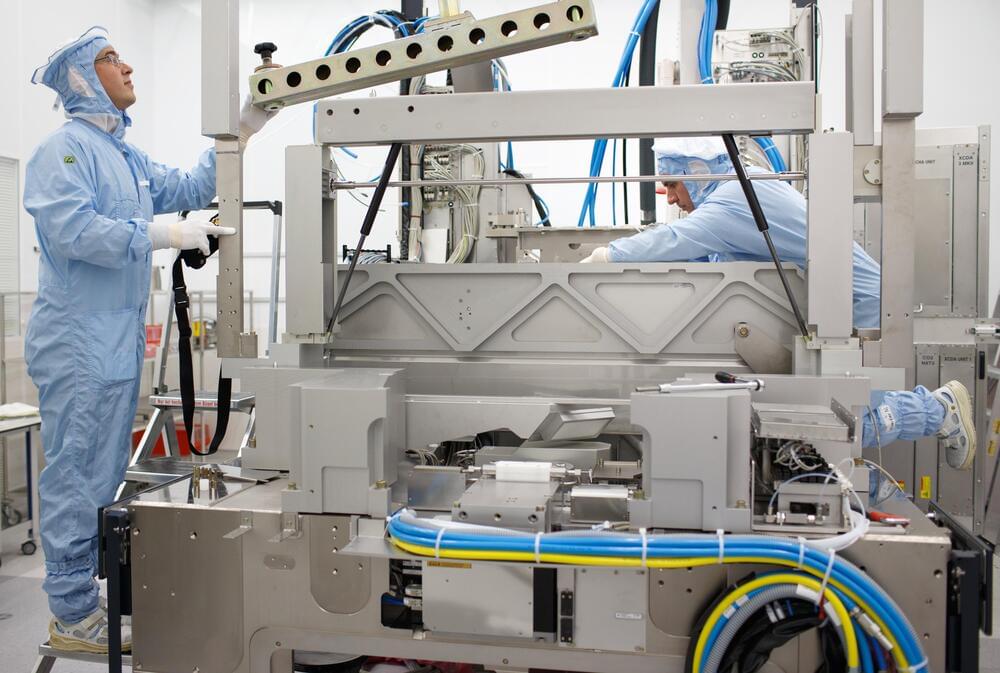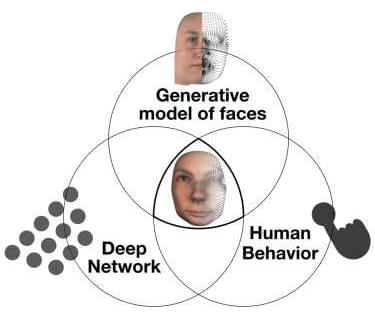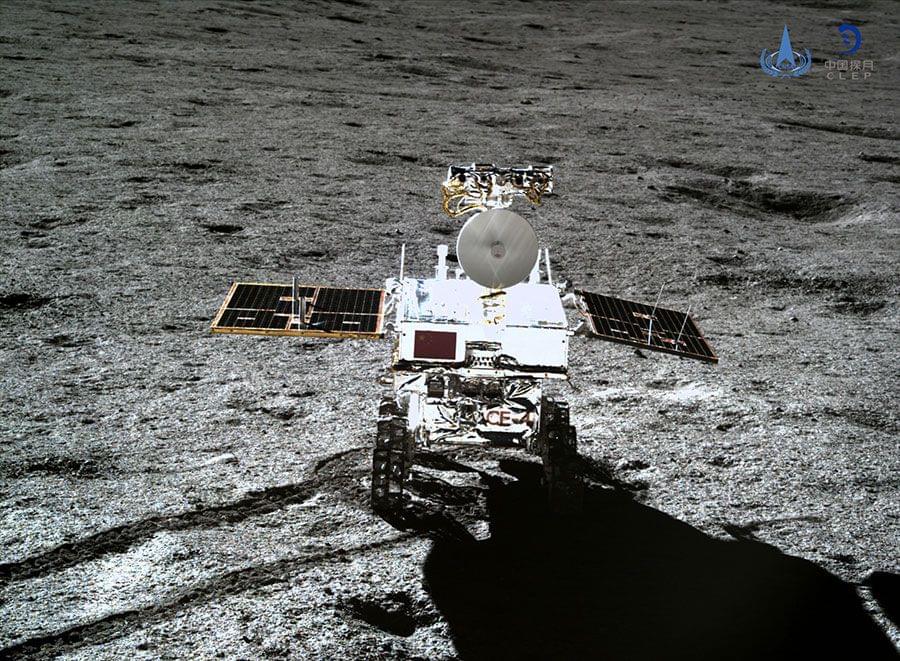AI.Reverie offered APIs and a platform that procedurally generated fully annotated synthetic videos and images for AI systems. Synthetic data, which is often used in tandem with real-world data to develop and test AI algorithms, has come into vogue as companies embrace digital transformation during the pandemic. In a recent survey of executives, 89% of respondents said synthetic data will be essential to staying competitive. And according to Gartner, by 2,030 synthetic data will overshadow real data in AI models.
Full Story:
Facebook has quietly acquired AI.Reverie, a New York-based startup creating synthetic data to train machine learning models, VentureBeat has learned.









